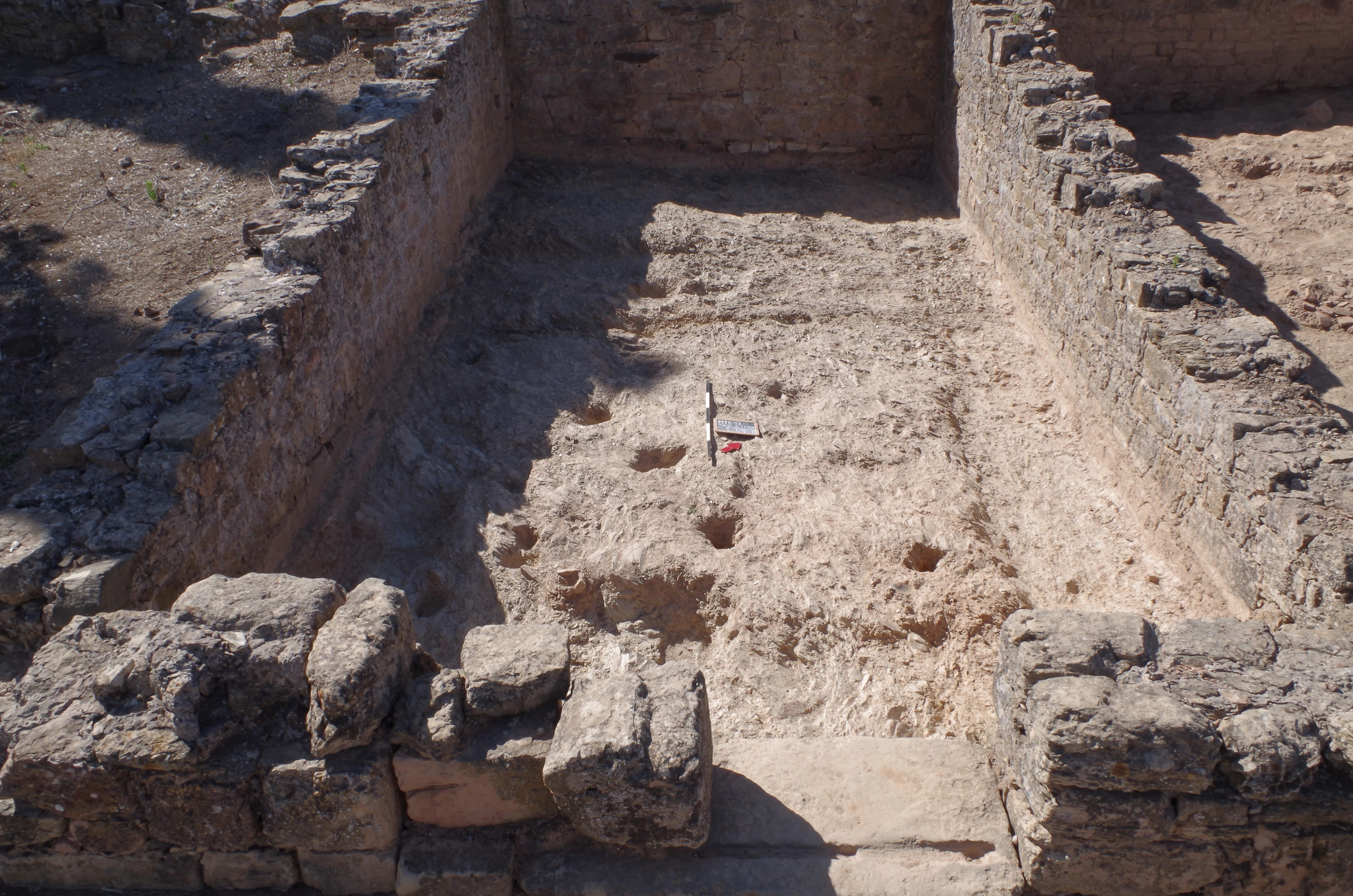Start . 2016
Duration . ongoing
Investigador Principal . José Carlos Quaresma
Website . https://tabmir2016.wixsite.com/tabmir
Institutions
Funding Entities
Câmara Municipal de Santiago do CacémCaixa de Crédito Agrícola de Santiago do Cacém
Main Research Unit
CHAM - Centre for the HumanitiesPartners
Faculdade de Ciências Sociais e Humanas da Universidade NOVA de LisboaDirecção Regional de Cultura do Alentejo
Câmara Municipal de Santiago do Cacém

The first phase of the TabMir project (2016-2019) began with the aim of studying and characterising the city's commercial areas. The project essentially focuses on buildings that have already been identified as tabernae (shops, in the broadest sense) but have never been the subject of a complex study before, having been excavated at a rather late stage in the history of site investigation. The aim is to recover as much information as possible about these partially excavated buildings, making it possible, with the end of their excavation, to construct a narrative about their construction, use, remodelling, reuse and abandonment over time.
The archaeological fieldwork carried out from 2016 to 2018 ended up bringing one of the great surprises of the excavation. It revealed data relating to Late Antiquity, corresponding to the final phase of the Roman period, to the collapse of the city's administrative structures. Housing contexts from the Visigothic period, reaching at least the first decades of the 6th century, were found.
In this context, knowledge of Mirobriga in this period has also become one of the project's objectives. In addition to studying the commercial area, the project currently aims to study the other sectors of the city and their material culture, analysing the urban fabric as a whole.
The ongoing project, "TabMir II - The study of Mirobriga's commercial areas (Chãos Salgados, Santiago do Cacém): urban and ceramological evolution of a city in Roman and Visigothic periods (1st-6th centuries A.D. )", in addition to studying the architectural evolution of a commercial area from the Imperial Period to the Visigothic Period (a chronology of around five centuries, during which it housed not only commercial, but also craft and, finally, residential functions), TabMir II also analyses the stratigraphy, technology and statistics of common, local or regional ceramics in the first half of the 6th century.







